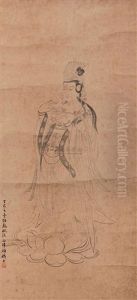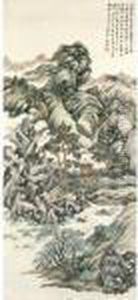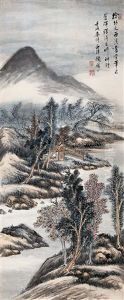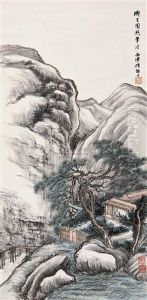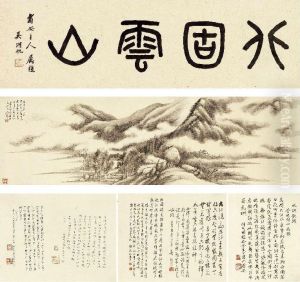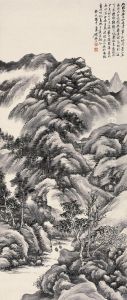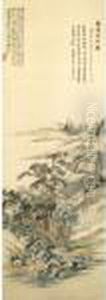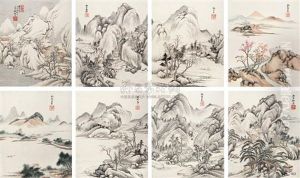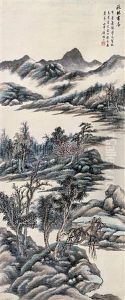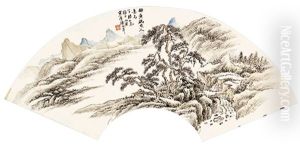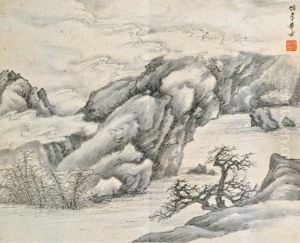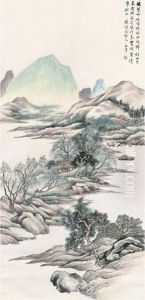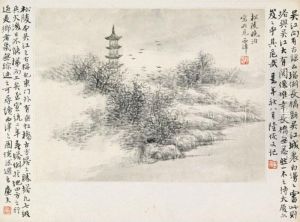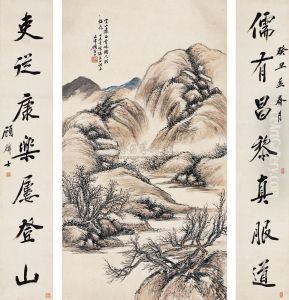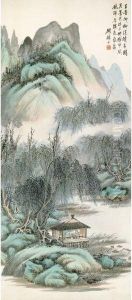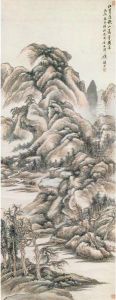Gu Linshi Paintings
Gu Linshi was a pivotal figure in the transition of Chinese art from its traditional forms to more modern expressions. Born in 1865 in Jiaxing, Zhejiang Province, China, his contributions to Chinese painting and calligraphy have cemented his place in the history of Chinese art. Gu Linshi's life and work spanned a period of significant change in China, including the end of the Qing Dynasty, the Republican era, and the early years of the Republic of China.
Gu Linshi was not only a master of traditional Chinese painting but also an innovator who embraced new ideas and techniques. He was well-versed in the literati style of painting, known for its emphasis on personal expression and scholarly refinement. However, Gu was also open to Western influences, which was quite progressive for his time. This openness allowed him to develop a unique style that merged the best of both worlds, contributing to the evolution of modern Chinese art.
Throughout his career, Gu Linshi was deeply involved in the art education movement in China. He believed in the importance of art education and played a significant role in the establishment of modern art schools in the country. His efforts in education helped to nurture a new generation of Chinese artists who would go on to further the modernization of Chinese art.
Gu Linshi's works are characterized by their elegance, depth, and a harmonious blend of traditional Chinese and modern elements. Some of his most notable works include landscapes, flower and bird paintings, and calligraphy, all of which exhibit his mastery of brushwork and composition. His art has been influential in shaping the direction of Chinese painting and continues to be celebrated for its beauty and historical significance.
Despite his passing in 1930, Gu Linshi's legacy lives on. His works are preserved in numerous museums and collections around the world, serving as a testament to his significant contributions to the world of art. Gu Linshi remains a revered figure in Chinese art history, remembered for his innovative spirit and his dedication to the advancement of Chinese art.
